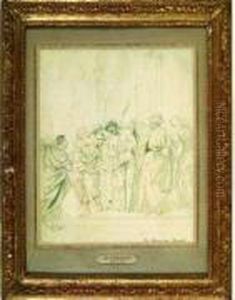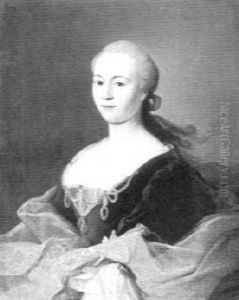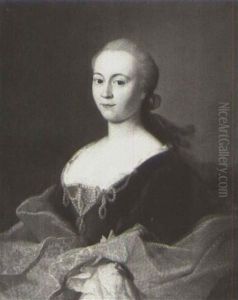Georg Caspar Von Prenner Paintings
Georg Caspar von Prenner was an Austrian artist primarily known for his work as an engraver and draughtsman. Born in 1727 in Lienz, which was then part of the County of Tyrol in the Habsburg Monarchy, Prenner demonstrated an affinity for the arts at a young age. Little is known about his early life and training, but it is believed that he may have received his artistic education in one of the larger cultural centers of the Habsburg Empire, such as Vienna or possibly in a neighboring Italian city-state, given Tyrol's proximity to the Italian peninsula.
Throughout his career, Prenner became known for his engravings which were often characterized by their meticulous detail and clarity. He worked on several significant projects, including the creation of engravings for books and scientific publications. His works often reflected the baroque style of the period, which was marked by dramatic tension, grandeur, and a sense of movement.
One of Prenner's most notable contributions was his involvement in the 'Theatrum Artis Pictoriae' (Theatre of the Art of Painting), which was a collection of engravings of the gallery paintings owned by the Habsburg ruler Charles VI and later by his daughter Maria Theresa. Prenner was responsible for many of the engravings in this collection, which not only served as a record of the imperial collection but also helped disseminate the styles and tastes of the Habsburg court throughout Europe.
Prenner's works are characterized by the combination of technical skill and the ability to convey the depth and texture of the original paintings. His engravings were not merely copies but interpretations that allowed the essence of the original works to shine through in a different medium. This ability made him a sought-after engraver during his lifetime.
Georg Caspar von Prenner passed away in 1779. While he may not be as widely recognized today as some of his contemporaries, his engravings continue to be appreciated by connoisseurs and historians for their contribution to the dissemination of baroque art and for their role in documenting the cultural heritage of the Habsburg Empire. His works can be found in various art collections and libraries around the world, serving as a lasting testament to his skill and artistry.


